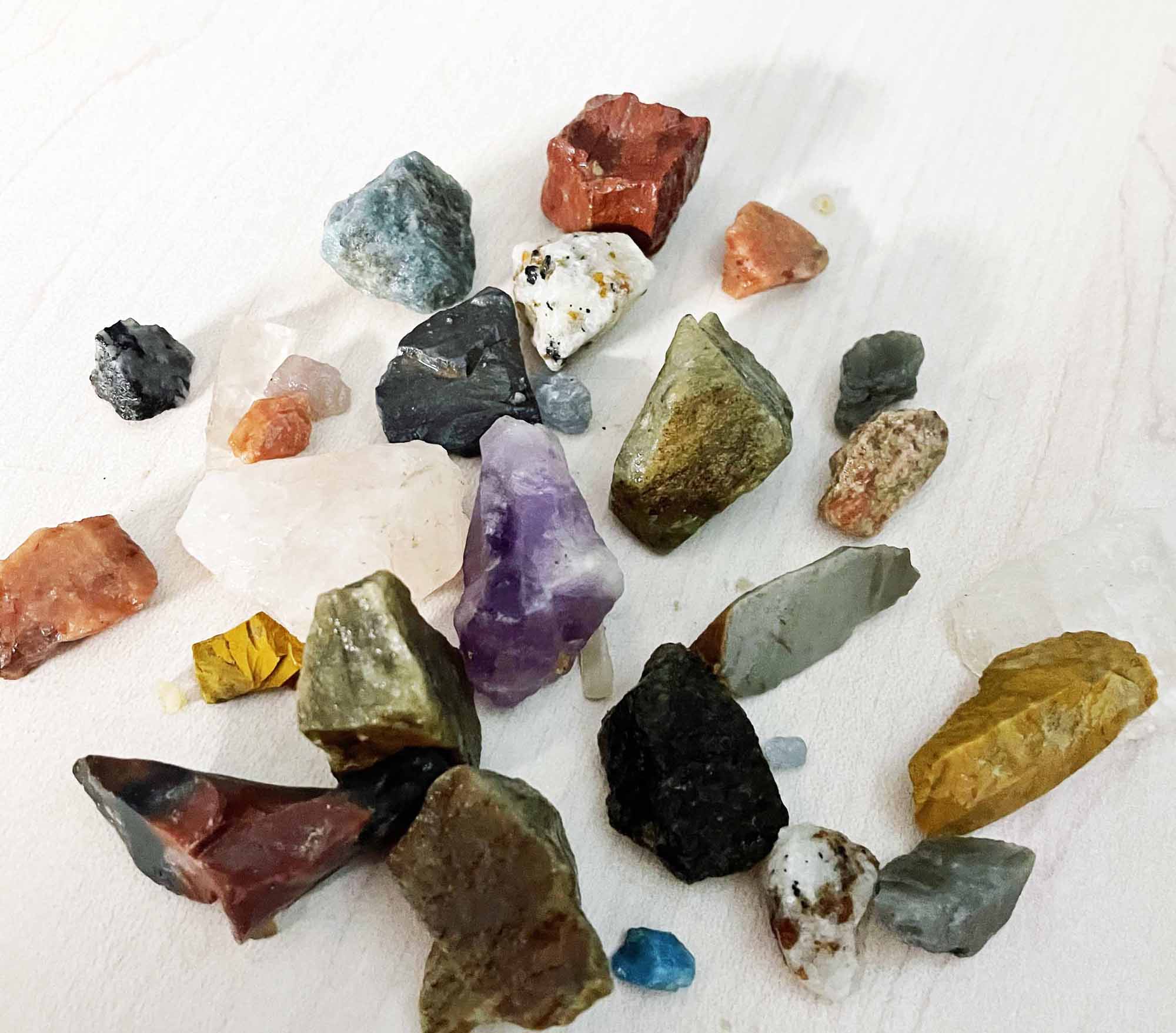What does forgiveness have to do with kindness? Forgiveness of others is one of the kindness things we can do for ourselves. It is the way to move past hurt from the smallest slight to biggest betrayal. When we can move from hurt to forgiveness it is the gift, we give to ourselves. As described by Thomas G. Fiffer, there are 4 types of forgiveness.
- Dismissive forgiveness is the lowest level of forgiveness. Dismissive forgiveness is about a person moving on from a person that has caused damage to their mental peace. The forgiver draws a permanent boundary to the person who hurt and won’t allow them in their life afterwards. For this to be forgiveness, you walk away without carrying the burdens of hatred, resentment, or the need for vindication. Dismissive forgiveness offers the greatest benefit to the forgiver and the least to the forgiven, who is usually cut out or marginalized from the forgiver’s life. This is often used when the forgiver sees no hope of the forgiven to change. Sometimes this is a first step when the forgiven accepts no responsibility in the hurt they caused.
- Conditional Forgiveness – Conditional forgiveness is an act of forgiving the person with some doubt on their future actions. The person who has caused the hurt would be tested for their loyalty often. They must understand the hurt they have caused and be willing to correct their actions. If one can correct their mistakes, then the relationship may return to the state of trust.
- Unconditional forgiveness is a higher level of forgiveness. It can only happen when the relationship is based on trust and love. It involves a lot of compassion to understand what the other person has been through. The grievance is seen as a misjudgment and is independent of the person. It means giving a person a fresh start. Unconditional forgiveness requires a high level of trust—both in the offender not to hurt again and in us not to allow the hurt to continue to hang over the relationship like a dark cloud. It is the most difficult type of forgiveness to practice but can also be the most rewarding. Unconditional forgiveness offers the greatest benefit to both parties, because it has the power to fully restore a broken relationship.
- The fourth level is Grace. Grace is not ours to give but God’s as shown in this example. My friend had worked through her pain and hurt of having a father who did unspeakable acts of emotional and physical abuse. She had reached the level of unconditional forgiveness and looked forward to sharing this with her father. She arranged a fishing day to celebrate her birthday and her healing. Fishing with her father reminded her of happier times of her childhood. She did have some trepidation that her father would argue about his past transgressions, but she knew she had reached a new level of healing and wanted to progress their relationship. Being in the moment, she took a panoramic photo of the beautiful scenery. As her camera landed on her father’s face, she realized that her plan on sharing the gifts she had received from his transgressions no longer mattered. She felt the healing grace of God transcend her and her past grievances had dissolved. She felt God’s healing power filled her with a peace she never experienced, a peace she was searching for.
In the words of Anne Lamott: “I do not understand the mystery of grace—only that it meets us where we are and does not leave us where it found us.” When we strive to forgive and extend love to the person in need of forgiveness, we can experience God’s kindness through his Grace ourselves, that is the power of forgiveness.
Staying in Touch: Barbara Hirsh can be reached at info@LiveKinder.com I love hearing your kindness stories. Please sign-up for almost weekly kindness message at www.LiveKinder.com or follow LiveKinder on Facebook!






